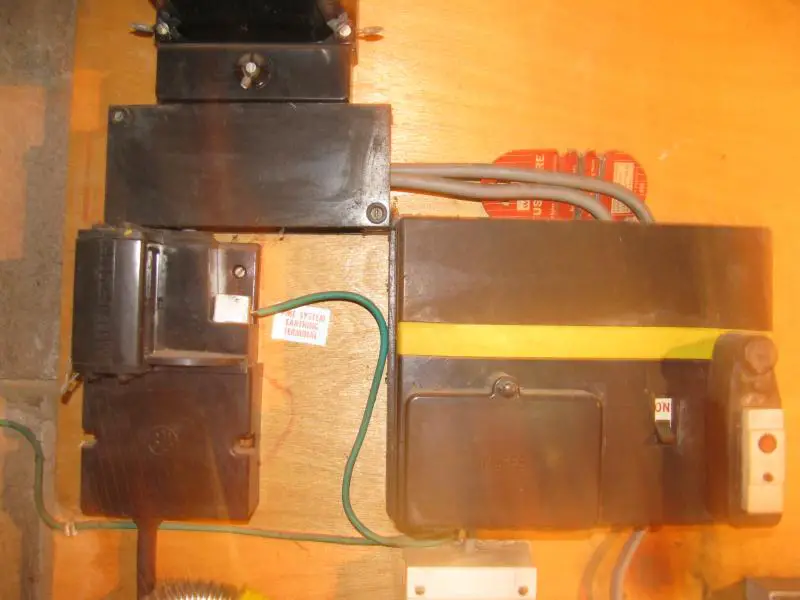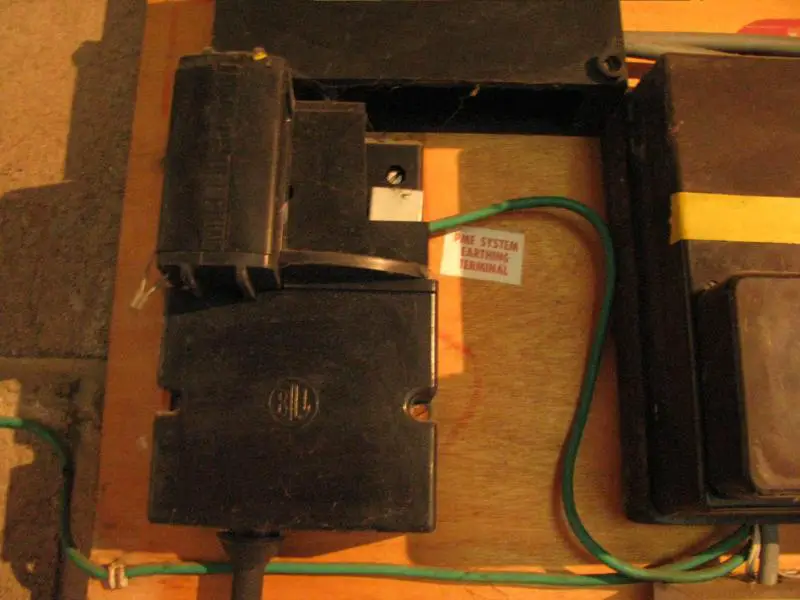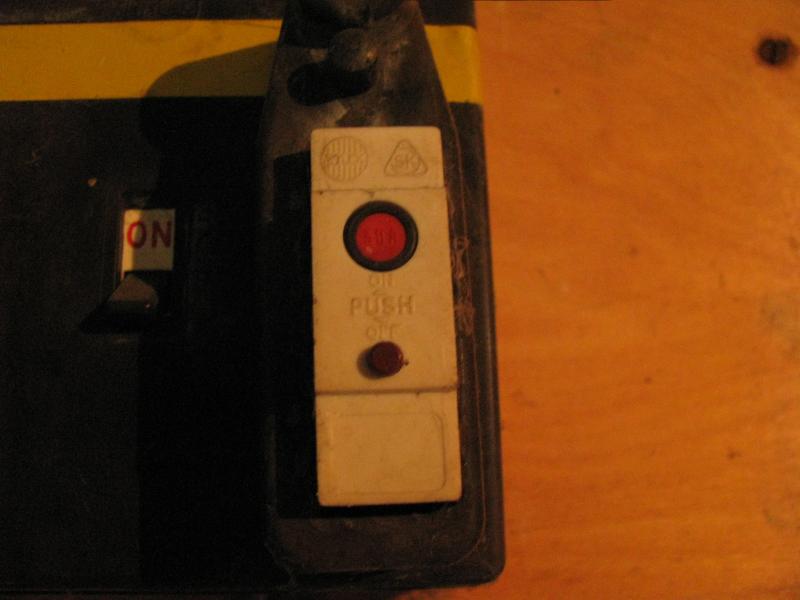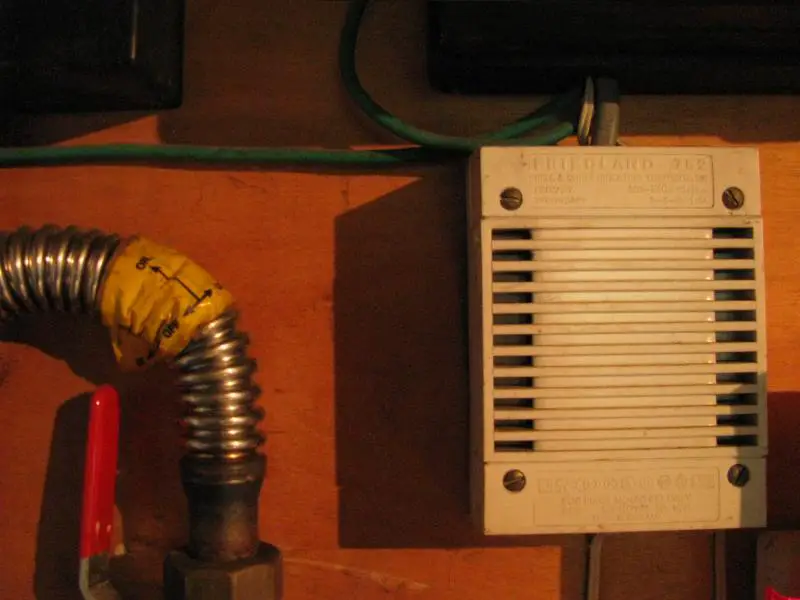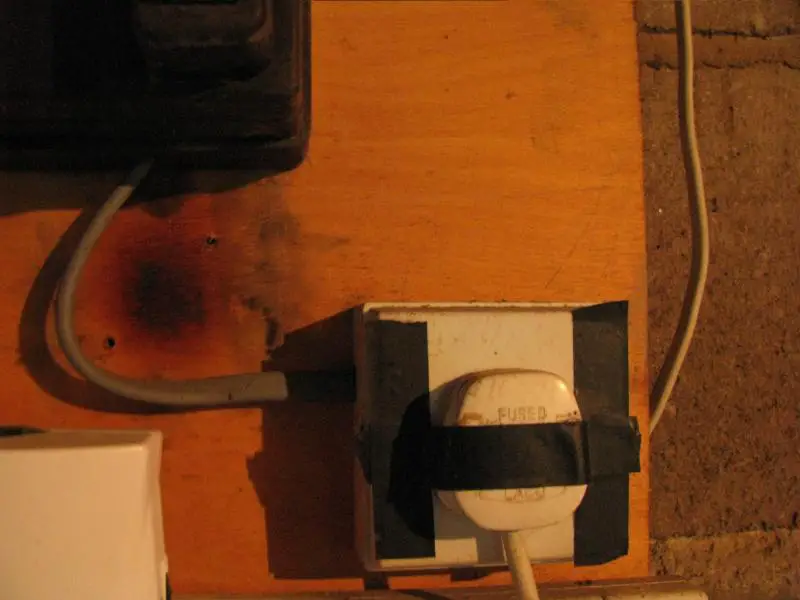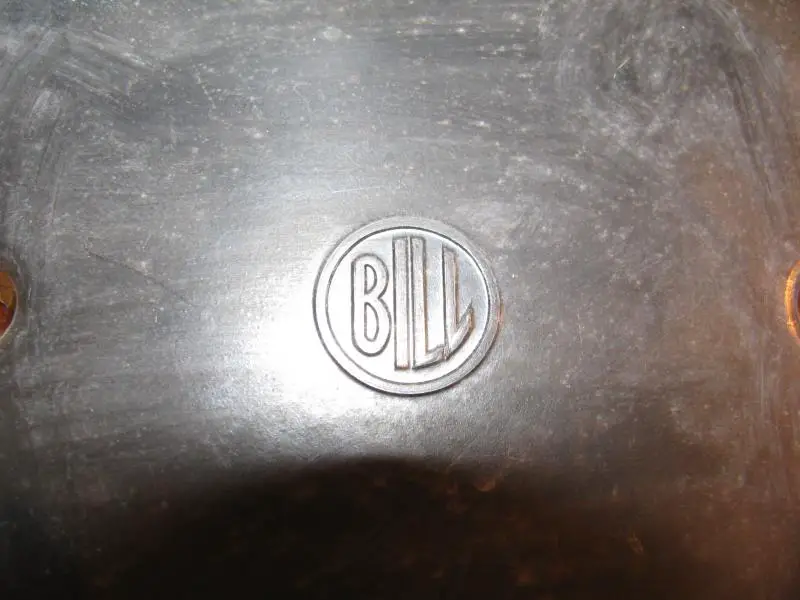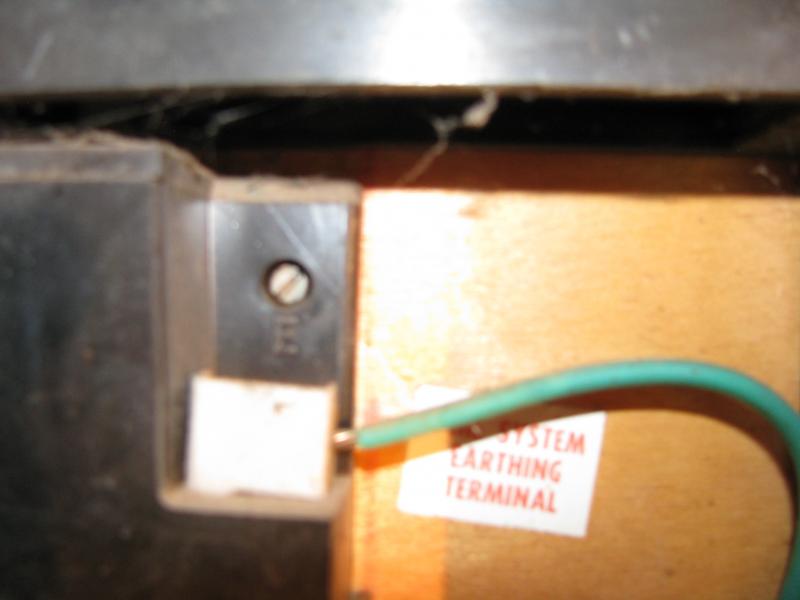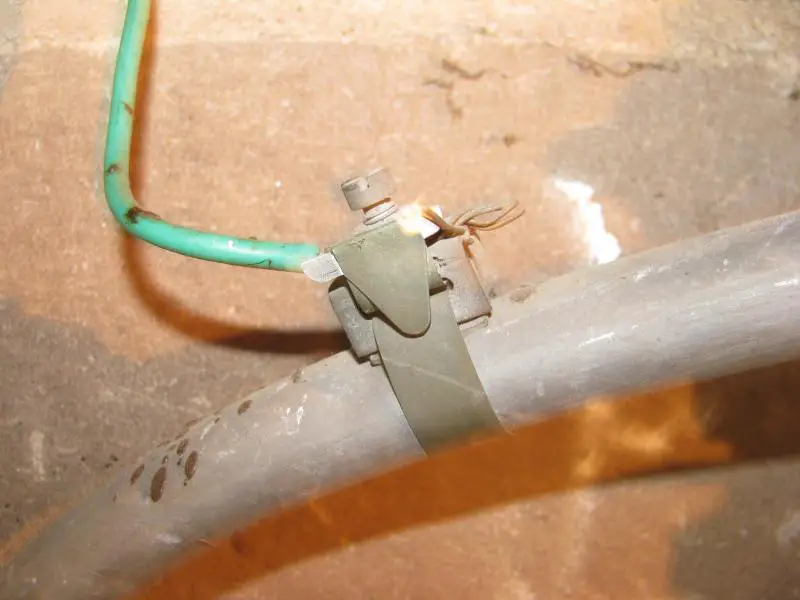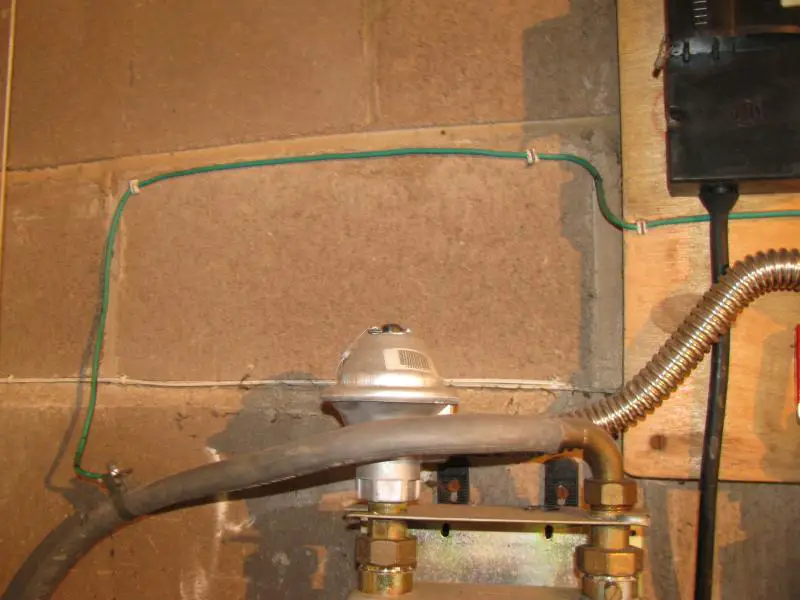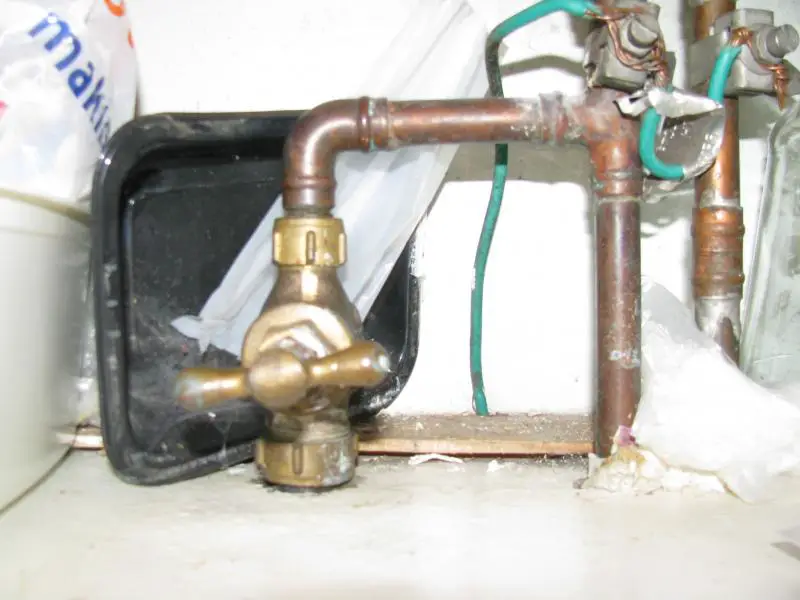How likely?The most serious widespread defect likely to be found is no earth to lighting circuits.
You are using an out of date browser. It may not display this or other websites correctly.
You should upgrade or use an alternative browser.
You should upgrade or use an alternative browser.
Does small rewiring job require updating consumer unit?
- Thread starter 1001things
- Start date
Sponsored Links
MEM?Also avoid cheap CUs with three letter names such as mcg, cgd, ced etc.
They're branded as eaton these days
How likely?The most serious widespread defect likely to be found is no earth to lighting circuits.
Note I qualified likeliness by 'serious and widespread', in as much as it will affect all lighting points and would usually require complete replacement of a cable that doesn't have a cpc.
Reverse polarity at the CU or omission of main earth and main bonding would be more serious, but usually repairable without disrupting the fabric of the building.
On the PIR, if a PIR concludes that any rewiring is needed does this act as a legal block on continued use as a failed GasSafe check would, or is it up to the customer to choose when to rewire?
An EICR (what a PIR is called now) will give you a list of defects and their urgency of repair. An electrician has no authority to disconnect you, and only if your installation is really, really bad would he contact the local network operator and ask them to inspect with a view to disconnection.
Put up some photos of your installation, particularly CU and service intake, so we can comment.
Sponsored Links
Thanks all.
Here are some images. Hopefully I've got everything needed. Added in the attached doorbell transformer and socket to show rough design of everything else too.
BTW, box has Wylex logo on it. Yellow tape had a list of 'which fuse is for what' on it.
Here are some images. Hopefully I've got everything needed. Added in the attached doorbell transformer and socket to show rough design of everything else too.
BTW, box has Wylex logo on it. Yellow tape had a list of 'which fuse is for what' on it.
Is that gas pipe lead???
The main earthing looks well undersized for PME and I can't see one going to the incoming water but that's not usually a big problem to sort out.
Otherwise nothing worrying at first glance - looks in good order for its age. Does need replacing by now though.
Caution - removing the front cover of the fuseboard will expose big shiny lumps of 240V copper.
The main earthing looks well undersized for PME and I can't see one going to the incoming water but that's not usually a big problem to sort out.
Otherwise nothing worrying at first glance - looks in good order for its age. Does need replacing by now though.
Caution - removing the front cover of the fuseboard will expose big shiny lumps of 240V copper.
The gas inlet to the meter is a yellow, large diameter vertical pipe that is topped with the corrugated pipe you see in a couple of the photos. Inside is actually a narrower blue plastic pipe as the gas pipework in the area has all been renewed by push through.
The outlet is copper for teh first few cms until just past the right angle, then the grey until, I would guess, 30 or 40cm past the green connecting wire when it is copper again. I can check later.
I'm not good at identifying lead but I did note that along the length of the grey section is a repeating text of:
3/4x 4LB. PX. N.W.G.B. BS 602.2.
Come to think of it though, from the it is all continuous curve sort of stuff, I guess the only metal it can be is lead. Right?
Water comes in under the kitchen sink, whereas the CU etc are in the garage. Pretty sure I've got an image of the relevant water bit on a card with me, so will upload if I can.
Glad to know it has aged well
Oh and yes, am always careful whenever around exposed live metal, lovely though shiny copper lumps do look
The outlet is copper for teh first few cms until just past the right angle, then the grey until, I would guess, 30 or 40cm past the green connecting wire when it is copper again. I can check later.
I'm not good at identifying lead but I did note that along the length of the grey section is a repeating text of:
3/4x 4LB. PX. N.W.G.B. BS 602.2.
Come to think of it though, from the it is all continuous curve sort of stuff, I guess the only metal it can be is lead. Right?
Water comes in under the kitchen sink, whereas the CU etc are in the garage. Pretty sure I've got an image of the relevant water bit on a card with me, so will upload if I can.
Glad to know it has aged well
Oh and yes, am always careful whenever around exposed live metal, lovely though shiny copper lumps do look
Here is aphoto of the earthing at the water inlet / stopcock. The cabling heads down below the bottom shelf in the unit so can't see where the other end attaches. Oh, and the stopcock will soon be replaced with a plastic push button type valve.
One other thing, do the images I posted earlier suggest the lighting circuits are earthed (my guess) or are not earthed?
One other thing, do the images I posted earlier suggest the lighting circuits are earthed (my guess) or are not earthed?
You appear to have re-posted the photo of the gas set-up!Here is aphoto of the earthing at the water inlet / stopcock. The cabling heads down below the bottom shelf in the unit so can't see where the other end attaches. Oh, and the stopcock will soon be replaced with a plastic push button type valve.
Edit: Ah - I see you've mended it - thanks! There clearly is bonding there - I presume it must go into the CU behind its board. Again, the bonding cable looks as if it may be undersized (needs to be at least 10mm² with a PME earth)
Can't tell from any of those photos. You'd have to look inside an accessory (switch, ceiling rose etc.) of the lighting circuit, or the CU (heeding previous warnings), to determine that.One other thing, do the images I posted earlier suggest the lighting circuits are earthed (my guess) or are not earthed?
Kind Regards, John
Thank you. And yep, spotted the mispost  so swapped it.
so swapped it.
The bonding to the water pipes is in the kitchen, so won't be going to the CU. There is a tap in the garage that would be 1.5-2m cable distance away from the CU though, so should the bonding to water pipes be there instead?
I know concepts of what is and isn't safe change over time, but is there any particular reason cables now need to be at least 10mm2 but didn't back in the early 70s?
So, if I take the fuse box cover off when I get a chance this evening (hopefully), take a snap and post it here, hopefully that will clarify the lighting circuit earthing?
The bonding to the water pipes is in the kitchen, so won't be going to the CU. There is a tap in the garage that would be 1.5-2m cable distance away from the CU though, so should the bonding to water pipes be there instead?
I know concepts of what is and isn't safe change over time, but is there any particular reason cables now need to be at least 10mm2 but didn't back in the early 70s?
So, if I take the fuse box cover off when I get a chance this evening (hopefully), take a snap and post it here, hopefully that will clarify the lighting circuit earthing?
No matter how long or difficult the route, the bonding of the water pipe must go from the water pipe "as close as practicable to where it enters the premises" to the "Main Earthing Terminal" (and your CU is seemingly being used as that, which is quite common and acceptable)The bonding to the water pipes is in the kitchen, so won't be going to the CU. There is a tap in the garage that would be 1.5-2m cable distance away from the CU though, so should the bonding to water pipes be there instead?
That's obviously 'a matter of opinion' (hence the change in regulations over time, despite physics not having changed!), but I think that most people would feel that, with a PME earthing system, you really should have at least 10mm² main bonding cables. I doubt that many electricians would be happy to, say, change the CU without ensuring that the bonding was up to that standard (and also that the main earth connection from supply to CU was of adequate size).I know concepts of what is and isn't safe change over time, but is there any particular reason cables now need to be at least 10mm2 but didn't back in the early 70s?
Possibly - although it may well be a 'mess' inside there, and difficult to tell from a photo. It would probably be easier (and safer) to look behind one of the light switches, or in a light fitting, and see if the cable has an earth. I personally would not advise you to open the CU, since there are multiple potential hazards, if one is not familiar with the innards of such things. Whether you really need to do all this investigating yourself is a different matter - you really need to get an electrician to look at (and test) the whole installation in order to determine what the full situation actually is.So, if I take the fuse box cover off when I get a chance this evening (hopefully), take a snap and post it here, hopefully that will clarify the lighting circuit earthing?
Kind Regards, John
Ah  . Well, that presumably makes replacing the CU a significantly more involved task then, given that the kitchen and garage are at opposite sides of the house. I wonder whether a 10mm2 cross section cable could be attached to the CU end and then pulled through from the sink end. I've pulled cabling through ducts before but not over this distance and not when there are probably some tight corners and it might alreayd be 'cosy'. If not I guess it's a floorboards up or cut into the walls job, depending on where the ducting is.
. Well, that presumably makes replacing the CU a significantly more involved task then, given that the kitchen and garage are at opposite sides of the house. I wonder whether a 10mm2 cross section cable could be attached to the CU end and then pulled through from the sink end. I've pulled cabling through ducts before but not over this distance and not when there are probably some tight corners and it might alreayd be 'cosy'. If not I guess it's a floorboards up or cut into the walls job, depending on where the ducting is.
Yeah, quite understand re wanting the specs you've mentioned, both from the safety of the house and professional liability aspects.
OK, will take a photo behind a light switch as soon as I can and pop it up here.
Certainly true that I need a qualified electrician to have alook at things. I always like to know beforehand though what issues are likely to arise and what is being looke for
Yeah, quite understand re wanting the specs you've mentioned, both from the safety of the house and professional liability aspects.
OK, will take a photo behind a light switch as soon as I can and pop it up here.
Certainly true that I need a qualified electrician to have alook at things. I always like to know beforehand though what issues are likely to arise and what is being looke for
Something else occured to me. Am I correct in assuming the bonding needs to be routed within the house (ie that a route around the outside of the house, at something like dpc level, would not be acceptable)?
The 'pulling through' might work - but there is no way of knowing without trying. As you say, it depends upon things such as 'tight corners' and, of course, whether the cable has been clipped anywhere!Ah. Well, that presumably makes replacing the CU a significantly more involved task then, given that the kitchen and garage are at opposite sides of the house. I wonder whether a 10mm2 cross section cable could be attached to the CU end and then pulled through from the sink end. I've pulled cabling through ducts before but not over this distance and not when there are probably some tight corners and it might alreayd be 'cosy'. If not I guess it's a floorboards up or cut into the walls job, depending on where the ducting is.
However, also see my reply to your next post.
Kind Regards, John
No, you're not correct in that assumptionSomething else occured to me. Am I correct in assuming the bonding needs to be routed within the house (ie that a route around the outside of the house, at something like dpc level, would not be acceptable)?
Kind Regards, John
DIYnot Local
Staff member
If you need to find a tradesperson to get your job done, please try our local search below, or if you are doing it yourself you can find suppliers local to you.
Select the supplier or trade you require, enter your location to begin your search.
Please select a service and enter a location to continue...
Are you a trade or supplier? You can create your listing free at DIYnot Local
Sponsored Links
Similar threads
- Replies
- 27
- Views
- 10K
- Replies
- 31
- Views
- 7K


